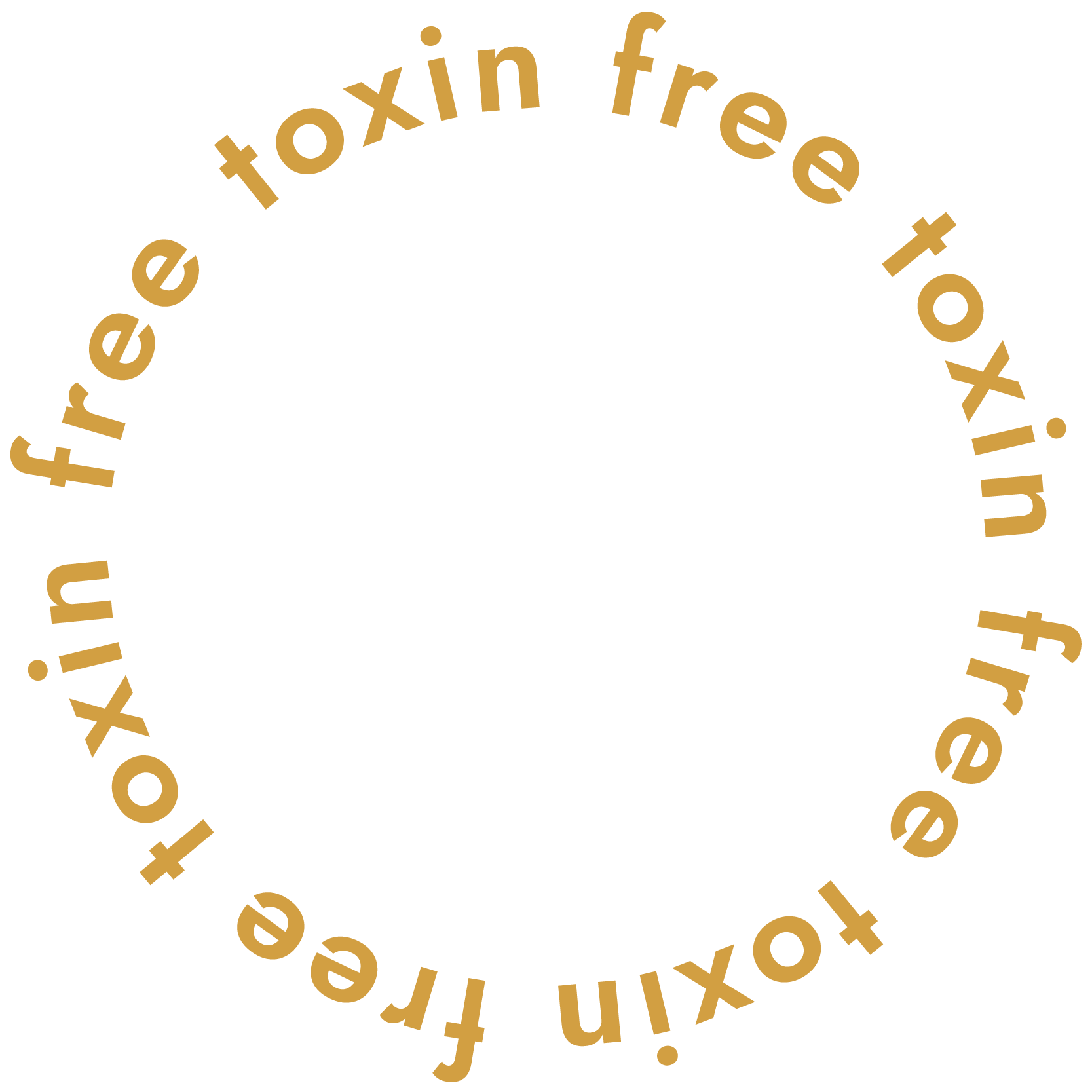Navigating the sun safe narrative can be so confusing with so much conflicting information online. Let me break it down for you. In this post, you will learn why you should ditch chemical sunscreens, why the sun is not your enemy and my top picks for best non-toxic sunscreen on the market.
The Sun is Not Your Enemy
Regular, unblocked sunshine is necessary for humans to live a healthy and vibrant life. Sunlight sets the circadian rhythm of our cells and our skin has super smart cellular messengers that respond to UV rays and is responsible for regulating everything in our body, including our immune system, endocrine system, all our hormones, serotonin production and so much more. It fuels our entire body.
Vitamin D is a powerful and necessary byproduct of unblocked UVB exposure. Yes, sunburns are linked to skin cancer, but regular non-burning sun exposure is linked to a significant DECREASE in all cancer, including breast, colon, lung and prostate, as well as hypertension, heart disease, autoimmune disorders diabetes and even Alzheimer’s.
Did you know that melanoma is much more prevalent in indoor workers than outdoor workers and is found more in people who have intermittent sun exposure and/or sunburns than those who have regular sun exposure? According to the World Health Organization, excessive UV exposure and sunburns account for .1% of the total global burden of disease. However, a disease burden to the tune of 3.3 billion annually results from not enough UV exposure.
Another study showed that as you move from the Northern latitudes and move South, they found that “2 to 3 extra deaths per hundred thousand from skin cancer. At the same time, though, they found thirty to forty fewer deaths for the other major cancers.” They concluded that it was not the best health policy to continue advising people to stay out of the sun just to avoid skin cancer.
Yes… you read that right. Your risk of non-skin cancers and other diseases from avoiding the sun is significantly higher than the risk of skin cancer.
Smart Sun Exposure
The benefits of smart skin exposure include melatonin production and regulation (sleep!), enhanced mood and increased energy, increase in nitric oxide which protects your skin for UBV damage, regulates your body temperature, treats jaundice and makes loads of all that good Vitamin D.
So, if regular sunshine is good for your health and sunburns is bad for your health… then what is the right amount of smart skin exposure? Let’s start with common sense. Long, intermittent sun exposure is where you are most at risk for burning. So, if you have a long day at the beach or pool planned, especially during the peak hours of noon-3pm, then you will want to be well covered, wear a hat and regularly apply a high quality, non-toxic mineral sunscreen.
But, what about daily sun exposure? That’s where you want to make sure you are getting smart about it. Follow these smart skin tips below.
-
Build your tolerance to the sun slowly. Start with 5 minutes a day and build up from there.
-
Morning and evening sun is the best time to spend outside.
-
Wear protective clothing during peak hours of noon-3pm.
-
You can utilize the Reminder App to make sure you are alerted prior to burning.
SPF 101
If you are going to spend longer amounts of time in the sun, you are going to want a high-quality mineral sunscreen of SPF (which stands for Sun Protection Factor) 30 and SPF 50 for those at very high risk of burning. Why do I suggest SPF 30? Because anything over SPF 30 carries almost no additional benefit and may actually be harmful to your health.
The FDA has argued for decades that SPF higher than 50 is “inherently misleading” (FDA 2007). Australia prohibits the sale of sunscreen any higher than SPF 30, European and Japanese laws cap sunscreen marketing at SPF 50 (Osterwalder 2009b) and Canada at 50+. In 2011, the FDA proposed a regulation prohibiting labels higher than SPF 50+; however, in its final draft released in 2019, the agency relented to industry pressure and proposed raising the cap to 60+. According to the FDA, there is a “lack of data showing that sunscreens with SPF values above 60 provide additional meaningful clinical benefit.”
I’ll take this one step further and claim that use of sunscreen over SPF 30 (or 50 for high risk) is more harmful than helpful. Here’s why…
#1. LACK OF UVA PROTECTION
A sunscreen’s SPF rating has nothing to do with exposure to UVA rays. As SPF increases, the ratio of UVA protection decreases. SPF 50+ sunscreens suppress sunburns and allow for longer UVA-induced damage, like suppression of the immune system, formation of harmful free radicals in skin, and development of melanoma. The higher the SPF, the lower the UVA protection.
#2. FALSE CONFIDENCE
SPF 50+ products give you a false sense of security, so people tend to stay in the sun longer and overexpose themselves rather than head indoors or go under an umbrella or cover with clothing.
Philippe Autier, a scientist formerly at the World Health Organization’s International Agency for Research on Cancer, has conducted many studies of sunbathers and believes that high-SPF products spur “profound changes in sun behavior” that may account for the increased melanoma risk found in some studies. People simply believe that if they have SPF 100 on that they can lay in the sun for 8 straight hours rather than practice safe sun behaviors.
#3 FALSE ADVERTISING
Consumers often assume they get twice as much protection from SPF 100 sunscreen as from SPF 50. But that’s false. The table below shows you that UVB protection higher than SPF 30 is negligible.
SPF Rating UVB Protection
SPF 0 0
SPF 2 50%
SPF 15 93%
SPF 30 97%
SPF 50 98%
SPF 100 99%
#4. HIGHER SPFS CONTAIN MORE TOXINS
High-SPF products require higher concentrations of sun-filtering toxic chemicals than low-SPF sunscreens do. Many of these ingredients pose health risks when they penetrate the skin and have been linked to tissue damage and potential hormone disruption. Since they add very little extra protection, the additional exposure to toxins is reason enough to avoid high SPF products.
BOTTOM LINE: For long-term sun exposure, stick with SPF 30.
Chemical vs. Physical Sunscreen
Physical sunscreens (often referred to as mineral sunscreens) contain titanium dioxide and zinc oxide, which work by physically reflecting the radiation before it penetrates your skin. The active ingredients in chemical sunscreens don’t reflect, they absorb the UV radiation with their chemical bonds. The majority of the sunscreens on the market are chemical sunscreens. The active ingredients you will find in these are usually oxybenzone, octinoxate, octisalate, octocrylene, homosalate or avobenzone.
The biggest issue with chemical sunscreen ingredients are that they are all absorbed into the body after one use (Matta 2019, Matta 2020), and are found on the skin and in the blood weeks after no longer being used (Matta 2020). Several studies have also detected these ingredients in breast milk and urine samples (Schlumpf 2008, Schlumpf 2010).
This constant exposure to sunscreen chemicals is concerning because these ingredients are known hormone disruptors. In 2019, the FDA announced that it found that only two ingredients, zinc oxide and titanium dioxide (physical sunscreen), could be classified as safe and effective, based on the currently available science. And yet, store shelves are still full of these sunscreens and doctors and dermatologists are advising patients to wear it daily.
The best way to protect your health and practice safe sun exposure is to use a physical sunscreen and leave the chemical sunscreens on the shelf.
My Top Non-Toxic Sunscreen Picks
All of these brands are reef safe, toxin free and actually work. The biggest issue with zinc oxide and titanium dioxide sunscreens in the past has been that it goes on white and doesn’t blend well. The new generation of non-toxic sunscreens has incorporated skin loving oils like jojoba and essential oils and blend much better than their older counterparts. Don’t be afraid to give these a shot. You can’t go wrong with any of these brands and many of them have a wide range for baby, kids and even tinted face sunscreen.
-
Kinfield takes the stop spot for sunscreen (face, body & tinted!)
- All Good Mineral Sunscreens
WRAP UP
Have fun and enjoy sun!!
Dive Deeper with Wendy’s Toxin-Free Resources
Ready to dive deeper into your wellness journey? Whether you are at the very beginning or a seasoned toxin-free pro, I have resources that will meet you where you are.
- Join my insider email list to be the first to learn about new healthy living resources, blog posts, exclusive offerings, and discounts.
- Subscribe to the podcast for weekly episodes on living toxin-free.
- In the Toxin-Free Shopping Guide, you can find truly toxin-free products with ingredients you can trust—fully vetted by me and the very same brands that I bring into my home. Check out everything from my skincare, haircare, water filters, protein powders, electrolytes, and so much more!!
- Download this free guide on my top 25 toxins to avoid and how to spot them on labels.
- Get a deep-dive education on how toxins impact your health with Toxin Free in 3. When you become a student, you can access the full course, my private community, discounted 1:1 sessions, and live monthly Q&As with me!



+ show Comments
- Hide Comments